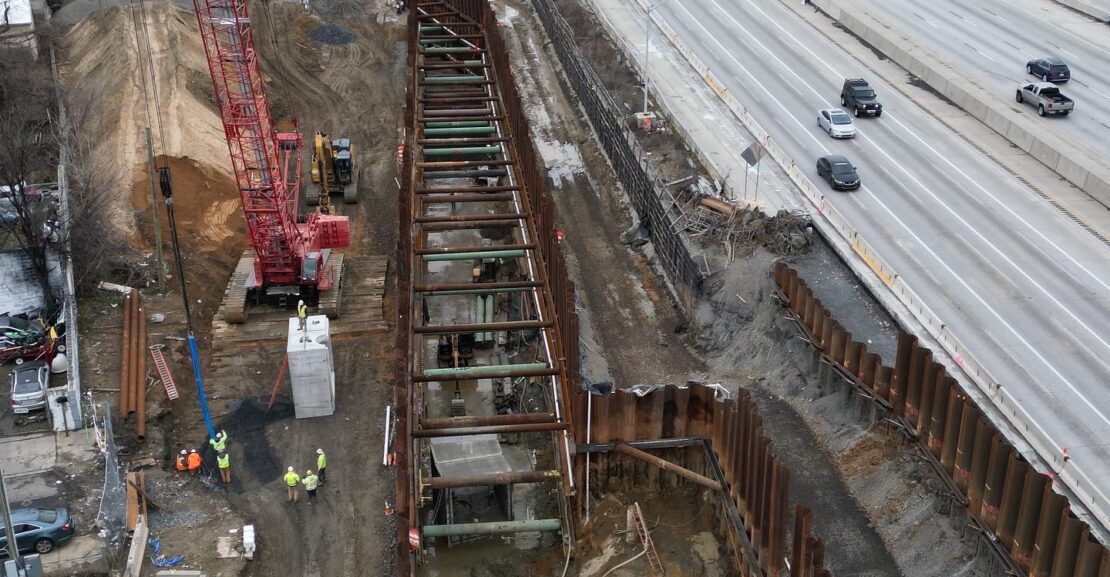Performance and payment bonds play pivotal roles in the intricate landscape of construction projects, serving as safeguards against potential disruptions and financial uncertainties. These bonds are contractual agreements that assure project owners that a contractor will fulfill their obligations diligently, complete the project as specified, and make necessary payments to subcontractors and suppliers. While these bonds primarily offer protection to project owners, they also extend critical benefits to various stakeholders within the construction industry.
The Purpose of Performance Bonds:
Performance bonds, often considered the backbone of construction projects, serve a multifaceted purpose. Primarily, they provide assurance to project owners that the chosen contractor will execute the project in accordance with the agreed-upon terms, specifications, and schedule. In essence, performance bonds act as a financial safety net, ensuring that the project will proceed smoothly even if the contractor defaults or fails to meet contractual obligations.
Moreover, performance bonds offer protection against financial losses arising from subpar work or delays. If the contractor does not perform as specified, the project owner can make a claim on the bond to cover the costs of completing the work or rectifying deficiencies. This financial guarantee reduces the risk for project owners and lenders, instilling confidence in the project’s successful completion.
The Purpose of Payment Bonds:
Payment bonds, often issued in conjunction with performance bonds, address a different facet of construction projects. They assure subcontractors, suppliers, and laborers that they will receive payment for their work and materials, even if the general contractor defaults on their payment obligations. Payment bonds essentially create a security net that ensures all project participants are compensated fairly.
For subcontractors and suppliers, payment bonds mitigate the risk of non-payment, which can have cascading financial repercussions. Knowing that they have recourse through the bond if payment issues arise encourages subcontractors and suppliers to participate in construction projects with greater confidence.
Beneficiaries of Performance and Payment Bonds:
1. Project Owners: Project owners are the primary beneficiaries of performance and payment bonds. These bonds provide them with assurance that the project will be completed as agreed upon, reducing the risk of financial losses and construction delays.
2. Contractors: While contractors are responsible for obtaining and paying for the bonds, they also benefit from the confidence and credibility that bonds provide. Bonds can help contractors secure more projects and establish themselves as reliable and trustworthy entities in the eyes of project owners.
3. Subcontractors and Suppliers: Payment bonds directly benefit subcontractors and suppliers by guaranteeing their payment, even if the general contractor defaults. This assurance encourages the participation of subcontractors and suppliers in projects, ultimately benefiting the project as a whole.
4. Lenders: Lenders who provide financing for construction projects benefit indirectly from performance and payment bonds. These bonds reduce the risk associated with project non-completion or financial disputes, making construction loans more secure.
5. Government Entities: In many public construction projects, performance and payment bonds are required by law. Government entities benefit from these bonds by ensuring that taxpayer funds are protected and that projects are completed as specified.
In conclusion, performance and payment bonds are critical components of the construction industry, offering protection and assurance to various stakeholders. While project owners primarily benefit from the security these bonds provide, contractors, subcontractors, suppliers, lenders, and government entities also gain from the stability and reliability that bonds bring to construction projects. Understanding the purpose and beneficiaries of these bonds is essential for all participants in the construction process, as they play a pivotal role in ensuring successful project outcomes.
What is the purpose of performance and payment bonds in construction, and who benefits from these bonds?
The article explains the purpose of performance and payment bonds in construction and who benefits from them. Performance bonds provide financial protection to project owners by ensuring that the contractor completes the project according to the contract terms. Payment bonds ensure that subcontractors, suppliers, and laborers are paid for their work on the project. Both types of bonds benefit project owners, subcontractors, suppliers, and laborers by providing financial security and ensuring the project's successful completion.
